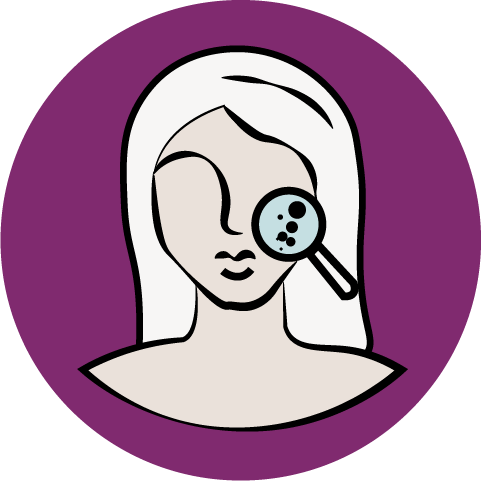- I disturbi del sonno nei pazienti con psoriasi hanno un’alta prevalenza: dovrebbe infatti essere condotta una valutazione della compromissione del sonno stesso, del prurito, dell’ansia e della depressione.
- La riduzione del prurito dovrebbe essere considerata un importante obiettivo terapeutico, unitamente alle terapie per ridurre ansia e depressione.
Abstract
Background
Sleep, which is crucial for restoring of physiological functions and health, is reportedly impaired in psoriasis. The role of different potential sleep confounding factors, including detailed pruritus characteristics, and the complex interplay between psychological variables (anxiety and depression), pruritus and sleep disturbance in psoriasis remain insufficiently investigated.
Objectives
To investigate sleep characteristics and to identify clinical, demographic and psychological factors associated with sleep disturbance in psoriasis.
Methods
This cross-sectional study included 334 psoriasis patients (response rate 86%) and 126 control subjects (response rate 82%). Measures included sleep quality [Pittsburgh Sleep Quality Index (PSQI)], psoriasis severity, pruritus characteristics, including average pruritus intensity [visual analogue scale (VAS)], severity of comorbidities, anxiety and depression (Hospital Anxiety and Depression Scale – HADS) and quality of life (Dermatology Life Quality Index – DLQI, and Short Form 12 – SF12).
Results
Fifty-nine per cent of patients and 34% of control subjects (p < 0.001) suffered from sleep disturbance (PSQI > 5). Patients slept 1 h less than control subjects (median 6 vs. 7 h, p < 0.001). Patients without pruritus had less impaired sleep (global PSQI) than patients with strong (p < 0.001) and very strong pruritus (p < 0.001). Anxiety (HADS-A) and depression (HADS-D) levels were the strongest predictors of sleep impairment, followed by pruritus exacerbation at night, age, female sex, pruritus exacerbation in the morning, average pruritus intensity (VAS), diagnosed depression and gastroesophageal reflux disease, altogether explaining 32%-37% of the variance in global sleep quality. Both anxiety (HADS-A) and depression (HADS-D) were significant mediators explaining the association between pruritus intensity (VAS) and sleep impairment in 42% and 37% respectively.
Conclusions
Sleep disturbance in patients with psoriasis is highly prevalent. Patients with psoriasis should be assessed for sleep impairment, pruritus, anxiety and depression. Reduction in pruritus should be considered as an important therapeutic goal, along with therapies aimed at reducing anxiety and depression.
